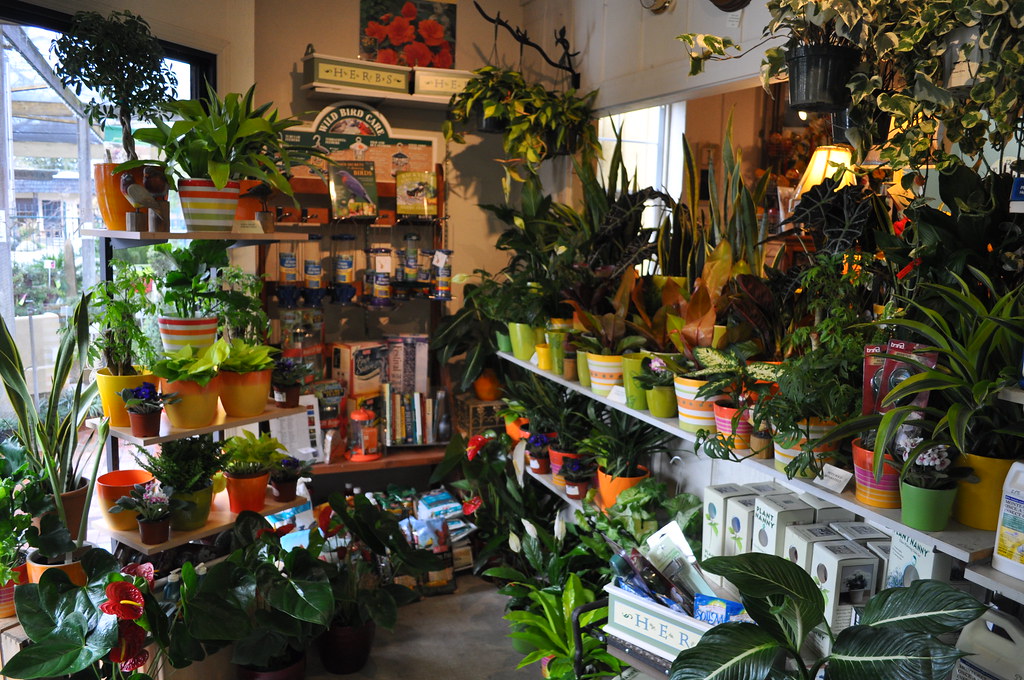
Six DIY 3d Garden Design Tips You will have Missed
Indoor air in the UK can be dry, especially during the winter months when central heating is in use. To keep your houseplants happy and healthy, consider placing a humidifier nearby or misting your plants regularly. This will help to create a more tropical environment for your plants to thrive in.
In addition to light, tropical houseplants require regular watering and Oldwiki Bedlamtheatre Co explains humidity to thrive. Most tropical plants prefer to be kept consistently moist, but not waterlogged, so be sure to water them when the top inch of soil feels dry to the touch. To increase humidity levels, particularly in drier climates, consider misting your plants regularly or placing them on a tray of pebbles filled with water.
 In addition to plants, hardscaping features such as pathways, patios, and walls play an important role in garden design. These elements can provide structure and definition to the garden, as well as creating functional spaces for seating, dining, and entertainment. Hardscaping features can be made from a variety of materials, including stone, wood, concrete, and gravel, allowing you to create a unique and personalized garden design.
In addition to plants, hardscaping features such as pathways, patios, and walls play an important role in garden design. These elements can provide structure and definition to the garden, as well as creating functional spaces for seating, dining, and entertainment. Hardscaping features can be made from a variety of materials, including stone, wood, concrete, and gravel, allowing you to create a unique and personalized garden design.
Introduction:
In recent years, the world of garden design has undergone a significant transformation with the introduction of 3D technology. 3D garden design software has revolutionized the way landscape architects, garden designers, and homeowners plan and visualize their outdoor spaces. This article will explore the benefits of 3D garden design, the tools and software available, and how it has become an essential tool in creating stunning and functional outdoor spaces.
Formal garden designs are characterized by geometric shapes, symmetry, and structured plantings, while informal designs are more relaxed and natural, with curving pathways and mixed plantings. Contemporary garden designs often feature clean lines, minimalistic plantings, and modern materials, while traditional designs are inspired by historical gardens and feature classic elements such as topiaries, formal hedges, and statuary.
Regardless of the specific software chosen, the key to successful 3D garden design is understanding how to use the tools effectively and creatively. Practice and experimentation are essential, as is staying up to date with the latest trends and developments in the field.
However, as technology has improved, so too has the quality and accuracy of 3D garden design software. Today, designers and homeowners can create stunningly realistic renderings of their gardens, complete with accurate lighting, textures, and shadows. This level of detail helps to bring the design to life and provides a clear vision of how the garden will look once completed.
In addition to their aesthetic appeal, tropical houseplants offer a range of benefits for both physical and mental wellbeing. Studies have shown that indoor plants can help to purify the air, removing toxins and pollutants and improving air quality. Tropical houseplants, with their large leaves and rapid growth, are particularly effective at filtering out harmful substances such as formaldehyde, benzene, and xylene.
In addition to improving air quality, houseplants can also offer a number of health benefits. Studies have shown that indoor plants can help to reduce the incidence of colds, sore throats, and other respiratory ailments by increasing humidity levels and removing airborne pathogens.
Lighting and planting play a crucial role in the overall aesthetics and functionality of a garden. In a 3D garden design, designers can simulate different lighting conditions and plant placements to optimise the visual appeal and practicality of the outdoor space. By adjusting the position of lights and plants in the 3D model, homeowners can ensure that their garden is bright, welcoming, and easy to maintain.
SketchUp, for example, is a user-friendly program that allows for the creation of 3D models of garden designs. It is intuitive and easy to learn, making it accessible to both beginners and experienced designers. AutoCAD, on the other hand, is a more complex program that offers a wide range of tools for creating detailed and precise garden designs. Vectorworks is another popular choice, known for its powerful 3D modeling capabilities and extensive library of plant symbols and textures.
One of the most well-known benefits of houseplants is their ability to improve indoor air quality. Plants are natural air purifiers, absorbing carbon dioxide and releasing oxygen through the process of photosynthesis. They also help to remove harmful toxins such as formaldehyde, benzene, and trichloroethylene from the air, resulting in cleaner, fresher indoor air.
4. Natural decor: Tropical houseplants add a touch of nature to any room, creating a sense of tranquility and freshness. Whether placed on a windowsill, shelf, or hanging basket, these plants can enhance the aesthetics of a space and bring a pop of color to your home.
The first step in creating a 3D garden design is to conduct a site survey and take accurate measurements of the outdoor space. This information will form the foundation of the design, helping to ensure that the layout is appropriate for the size and shape of the garden. By using tools such as laser levels and GPS devices, designers can capture precise data that can be imported into 3D modelling software.

